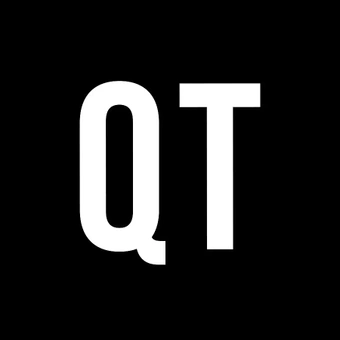Principal Applied Scientist

Microsoft
Principal Applied Scientist
London, United Kingdom
Save
Overview
As a senior member of the team, you will drive innovation across model architecture, training, and deployment, especially for scalable autoregressive models that handle both language and image generation in a unified framework. You will also play a key role in converting cutting-edge research into practical applications and experiences for users across the globe.
Microsoft’s mission is to empower every person and every organization on the planet to achieve more. As employees we come together with a growth mindset, innovate to empower others, and collaborate to realize our shared goals. Each day we build on our values of respect, integrity, and accountability to create a culture of inclusion where everyone can thrive at work and beyond.
Qualifications
Required Qualifications:
- Doctorate in Computer Vision, Machine Learning, or a related field with demonstratable experience in applied research or product development
- OR Master's degree in Computer Vision, Machine Learning, or a related field with demonstratable experience in applied research or product development
- OR Bachelor's degree in Computer Vision, Machine Learning, or a related field with demonstratable experience in applied research or product development
- Solid experience working in multimodal learning, image understanding, or generative modelling.
- Proficiency in Python and deep learning frameworks (e.g., PyTorch, TensorFlow, HuggingFace).
- Hands-on experience with generative models, especially diffusion and transformer-based synthesis.
- Experience building and training multimodal autoregressive models (e.g., for image captioning, VQA, text-to-image).
- Familiarity with discrete tokenization techniques (e.g., VQ-VAE).
- Ability to design and prototype unified token-based architectures for multimodal generation.
- Strong publication record in top-tier venues (CVPR, ICCV, NeurIPS, ICLR).
- Demonstrated ability to translate research into real-world applications.
Preferred Qualifications:
- Experience deploying models to production or on-device environments.
- Experience optimizing models for Neural Processing Units (NPUs) or other hardware accelerators.
- Knowledge of quantization, pruning, and efficient fine-tuning techniques.
- Experience with prompt engineering, instruction tuning, and RLHF.
- Exposure to video generation and temporal modeling.
- Experience mentoring junior scientists or engineers.
- Strong collaborative skills across cross-functional teams.
#W+DJOBS
Responsibilities
- Design and prototype unified token-based architectures that treat text and image data as sequences for coherent multimodal generation.
- Lead development of multimodal autoregressive models for tasks such as image captioning, visual question answering, and text-to-image generation.
- Research, design, and implement state-of-the-art generative models (diffusion, auto-regressive, etc.) for high-quality image and video generation.
- Build scalable training pipelines for large-scale image-text datasets using discrete tokenisation (e.g. VQ-VAE, DALL·E-style encoders).
- Optimize deep neural networks for deployment on Neural Processing Units (NPUs) and cloud environments, maximizing efficiency and performance.
- Collaborate with cross-functional teams to integrate models into Microsoft products and services.
- Publish research in top-tier venues (CVPR, ICCV, NeurIPS, ICLR) and contribute to the scientific community.
- Mentor junior scientists and engineers, fostering a collaborative and innovative research environment.

